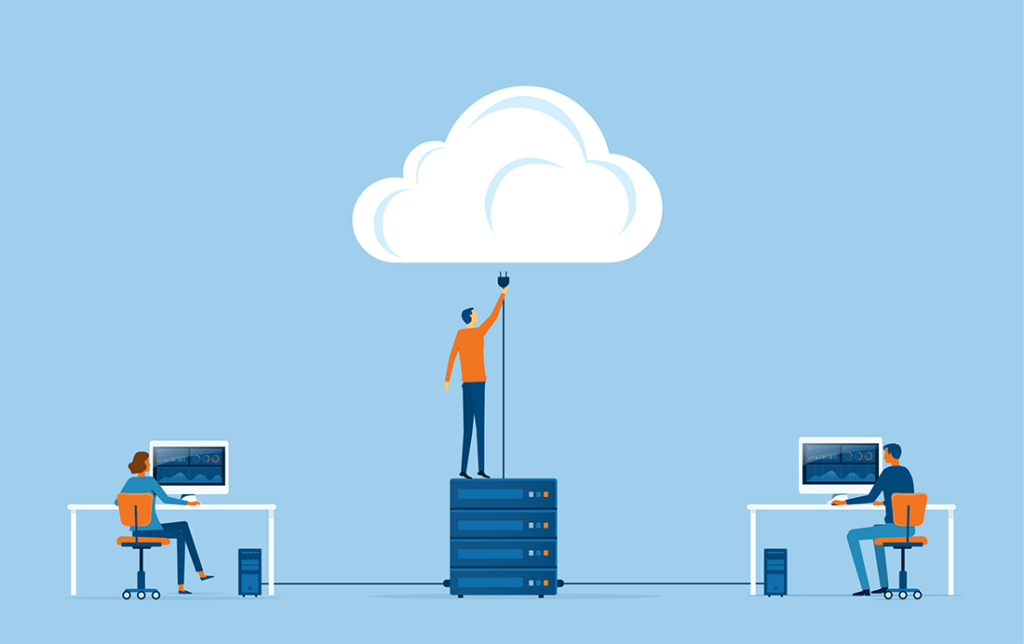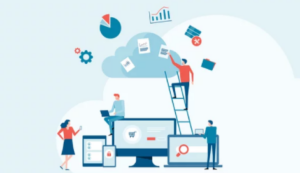One of the biggest threats to business continuity today is the threat of malware and ransomware. We’ve covered this topic a lot on our blog, but for good reason. Malware can halt operations with the single click of a link from a seemingly innocent email.
Let’s look at some ways to ensure that you’re taking appropriate steps to safeguard your company data.
What You May Be Doing Wrong
The way we approach this problem is by first planning for the worst-case scenario and ask ourselves: what would happen if we had an attacker? If someone were to fully compromise our environment, what would our action plan be? From there, we’re able to build a disaster recovery plan.
We see many issues arise from a “traditional” computing model – meaning all your data (whether on-premises or even in the cloud) is stored only in your environment. This leaves businesses very vulnerable to attack.
Even though you may think you’re properly backing your data up, if you have the backups stored in the same environment, subject to the same security model, if it’s the same network, or there’s at least connectivity between those two, then it’s highly possible that a sophisticated threat actor is going to get in.
They’re going to discover the backups and encrypt those first before they’re even discovered, and then by the time you realize that you’ve been hacked, you’ve already lost those backups. That’s the standard attack methodology for malware and ransomware.
How to Stay Protected
The key then is to store your backups in a way that separates them from your main environment. We’ll be making this blog a series, so be sure to subscribe to our feed to learn how.
BUT – if you just can’t wait, Ben Borger teaches you how to do that in this short, informative webinar. Watch the recording here!

